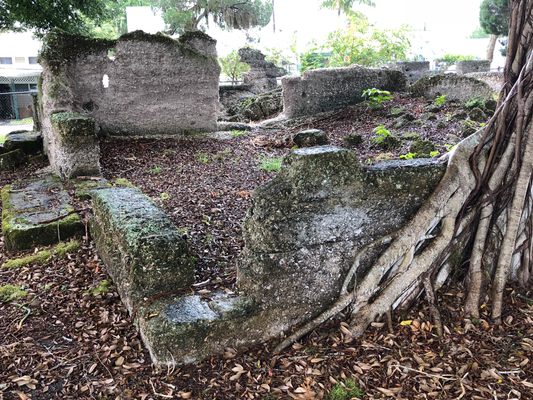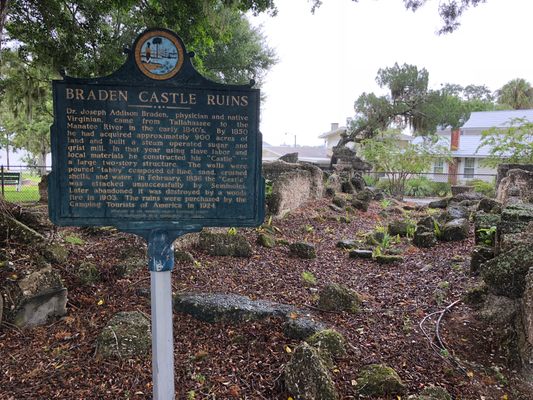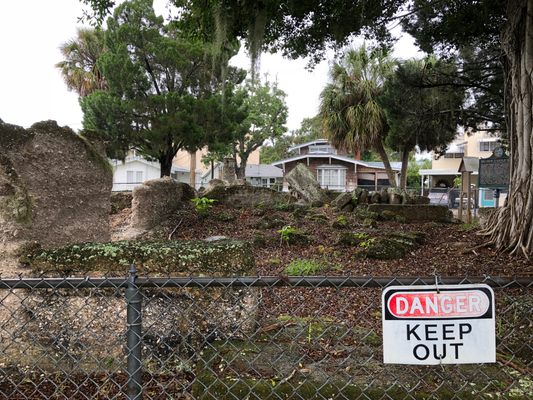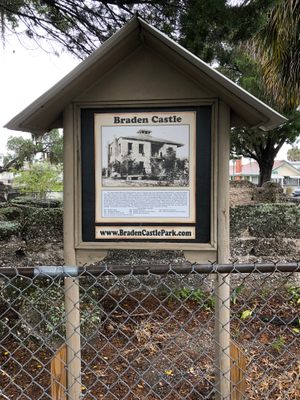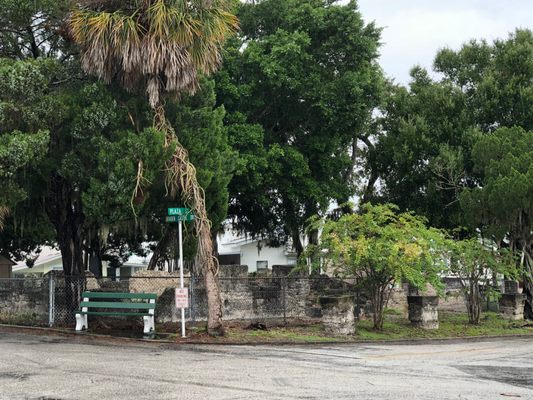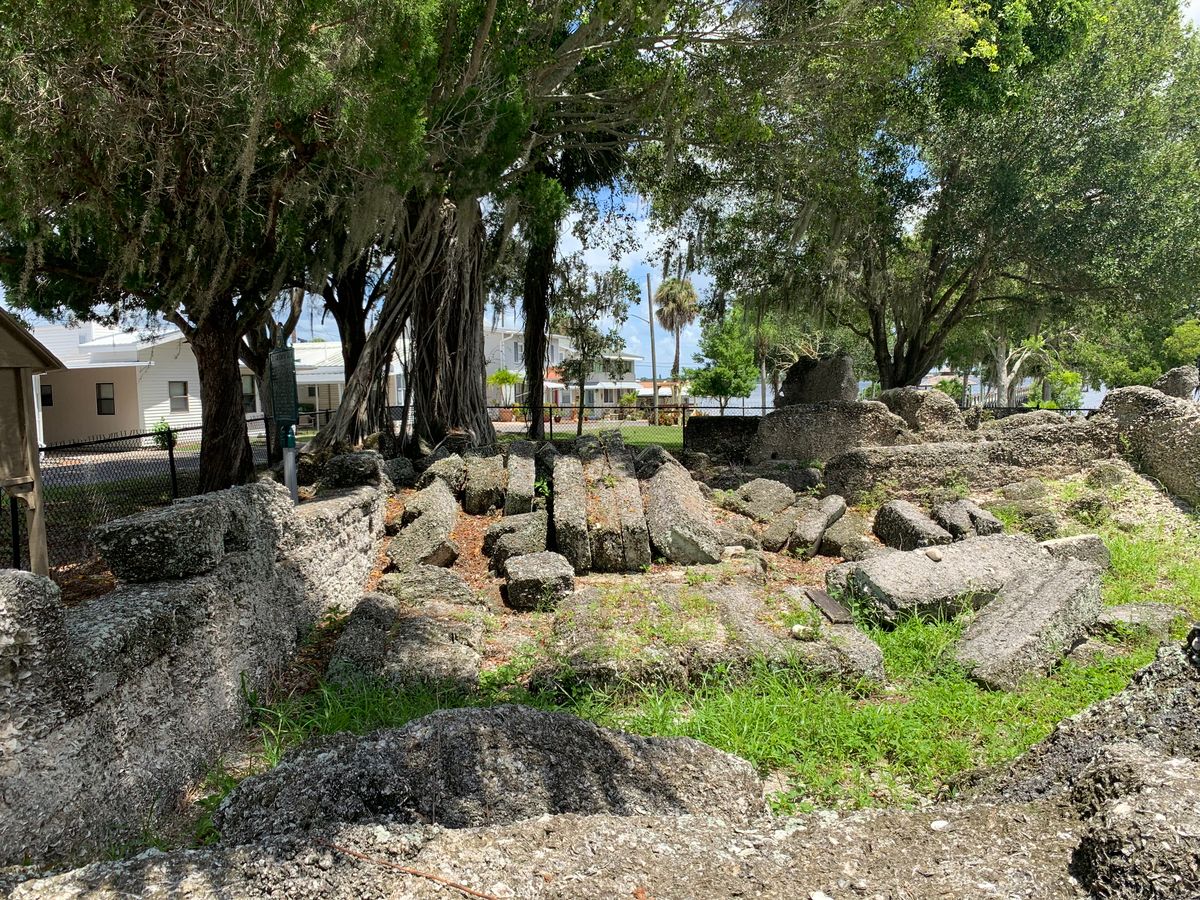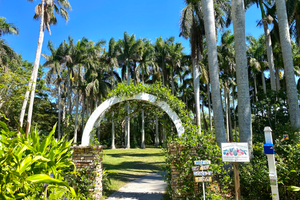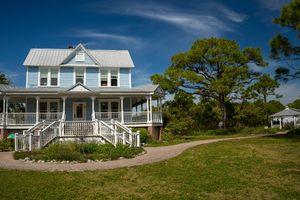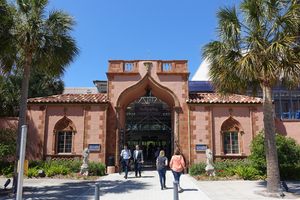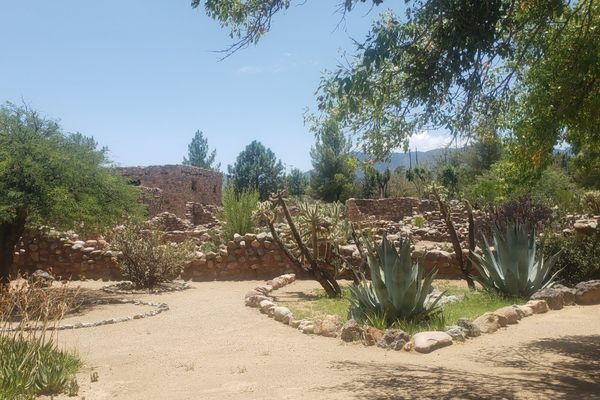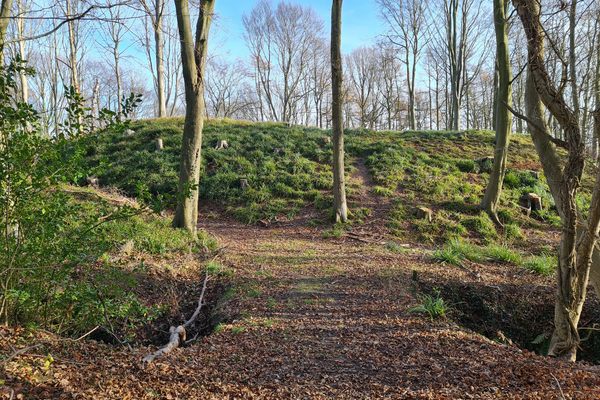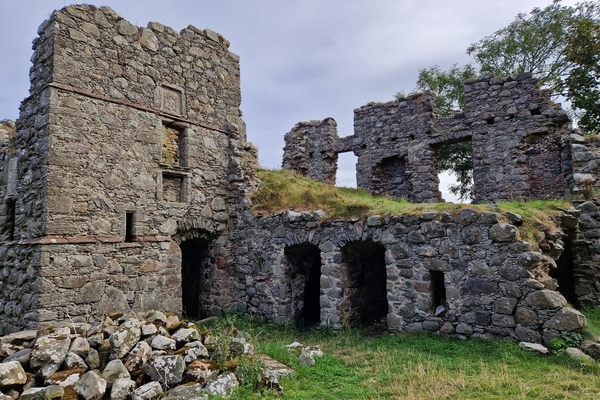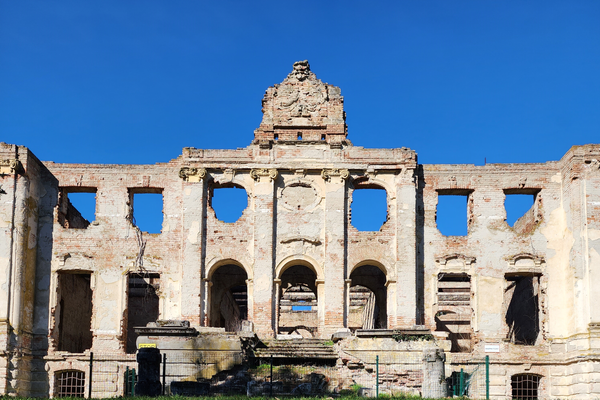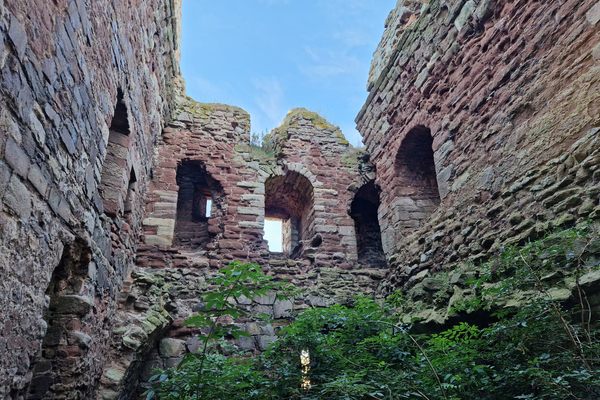About
In the early 1840s, two brothers, Dr. Joseph Addison Braden and Hector Braden, arrived from Tallahassee to what is now the town of Bradenton, seeking to rebuild their lost fortunes.
They were taking advantage of the Armed Occupation Act of 1842, in which the government granted cheap land to those willing to cultivate and defend it, in an attempt to further push the Seminole natives from the land following the Second Seminole War.
The Braden brothers eventually acquired 1,100 acres for raising sugar cane, making it one of the largest plantations in the country. The main two-story manor, which locals referred to as "the Castle," was built by slave laborers using a material called “tabby,” a mixture of crushed and sifted oyster shells, lime, water, and sand.
In 1856, Seminoles attacked the Castle, which Dr. Braden successfully defended. The following year Hector passed away and the plantation fell on hard times after corn borers destroyed acres of sugar cane. Eventually, Dr. Braden found himself deeply in debt. The Castle went into foreclosure and Dr. Braden returned to the panhandle.
The Castle, meanwhile, changed hands and became a local landmark for early settlers and treasure seekers who came to the area hoping to find a cache left by Spanish explorers. After a fire destroyed the structure in 1903, the remains were abandoned and left for nature to reclaim.
Then the “tin can tourists” started arriving Florida around 1919. Ford's Model T had made it possible for Northerners to drive down for the winter (making them, arguably, Florida’s first “snowbirds”) and the visitors quickly discovered the need for a more permanent site of their own after tensions arose with the locals. The "Camping Tourists of America," incorporated in 1924, put up tents, and then cottages, around the skeletal remains of Braden Castle.
The first boat dock went up in 1927 and by the early 1930s most of the structures were in place, with a seasonal population of roughly 1,000 people from 26 different states. Victory gardens were planted in the 1940s, and the town of Manatee was absorbed into Bradenton in the 1950s. The park that built up around the Castle, named Braden Castle Park, was recognized as a unique historical district in 1985, and the once-seasonal visitors to the area were joined by a new wave of retirees.
Today, the remnants of Dr. Braden’s once stately manor can still be found in the center of Braden Castle Park, fenced off to the public but clearly visible. The broken slabs of tabby are slowly being reclaimed by Florida’s original occupants: birds, lizards, and mangrove trees.
Related Tags
Know Before You Go
The ruins are located within Braden Castle Park, a Florida Historic District and mobile home community. Visitors are welcome to tour the historic park and ruins. Parking is permitted in designated spots within the park.
The Braden brothers traveled to the area with Robert Gamble, who later built the Gamble Mansion. It is located a bit further down the Manatee River in what is now Ellenton.
Community Contributors
Added By
Published
August 15, 2018
